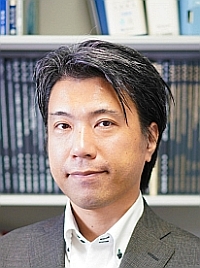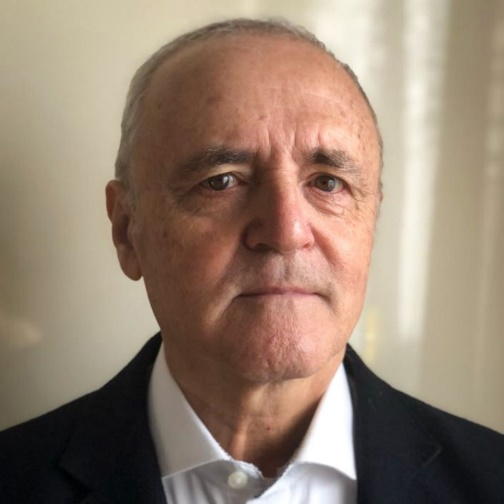Important Dates
- Paper Submission Deadline
- June 30, 2022
- (No Extension)
- Author Notification Due
- August 8, 2022
- Registration Starts
- September 1, 2022
- Final Paper Submission Deadline
- September 10, 2022
- Conference
- October 31st - November 2nd, 2022
Conference Venue
- Miyakenomori Nexus21, 10th Floor,
- Itsukaichi Campus,
- Hiroshima Institute of Technology
2-1-1 Miyake, Saeki-ku, Hiroshima, 731-5193 Japan
https://www.it-hiroshima.ac.jp/
Keynote
Date: Monday October 31, 2022
300-GHz Band Transceiver Using Silicon CMOS Integrated Circuits
-Behind-the-Scenes of Circuit Design that Exceeds fmax-
Abstract: In the 300-GHz band, data rates in excess of 100 Gb/s are expected since the continuous frequency band of 44 GHz can be used for wireless communications. As a result, white papers on 6th generation (6G) or Beyond 5G often refer to the 300-GHz band. 300-GHz is part of the terahertz spectrum between light and radio waves. As a result, 300-GHz band transceivers based on optical mixing were developed first. This was followed by 300-GHz band transceivers based on electronics devices using compound semiconductors. Furthermore, it is desirable to realize it in CMOS integrated circuits, which are suitable for mass production. The unity gain frequency (fmax) of silicon NMOSFETs used in CMOS integrated circuits has been improved by miniaturization, but it peaked in the 65-nm to 28nm generation and remains at around 300 GHz. Under these conditions, we have been working on the realization of a 300-GHz transceiver using full-CMOS circuits. In this presentation, an overview of 300-GHz band communications, circuit technology for 300-GHz band transceivers will be introduced, and the future evolution of sub-THz transceivers including 300-GHz band transceivers will be discussed.
Speaker

Dr. Minoru Fujishima, Professor
Hiroshima University, Japan
Tuseday November 1st, 2022
Millimeter-Wave/THz CMOS Phased-Array Transceiver for 6G
Abstract: The microwave communication based on the omnidirectional radiation has been studied for long time, and now we have started using the millimeter-wave directional wireless communication based on the beamforming technique. In this presentation, millimeter-wave and terahertz phased-array transceivers by CMOS technology will be introduced, which are designed for 5G and 6G communication. The talk concludes with a discussion on future directions of wireless communication.
Speaker

Dr. Kenichi Okada, Professor
Tokyo Institute of Technology, Japan
Tuseday November 2nd, 2022
Process Independent Voltage Reference
Abstract: Voltage references are essential analog blocks in many Integrate Circuits (IC) like analog to digital (ADC) and digital to analog (DAC) converters, voltage regulators, multipliers, and in a large variety of measurement systems. The most common used silicon-based voltage references are based on BANDGAP concept. The accuracy of any converter is limited by the accuracy of the voltage reference. Bandgap type voltage references are based on the idea that the base-emitting voltage of a bipolar transistor extrapolated to absolute zero, denoted VG0, is a fixed voltage. As is actually known, this voltage varies in the order of percentages from device to device even on the same wafer. Other parameters of the bipolar transistor, primarily saturation current temperature exponent, denoted XTI, also have variations from device to device. In this paper is presented a new concept, NON-BANDGAP voltage reference, according to which the target of the reference is a voltage that can be measured with a prediction limited only by the adjustment resolution.
Speaker


